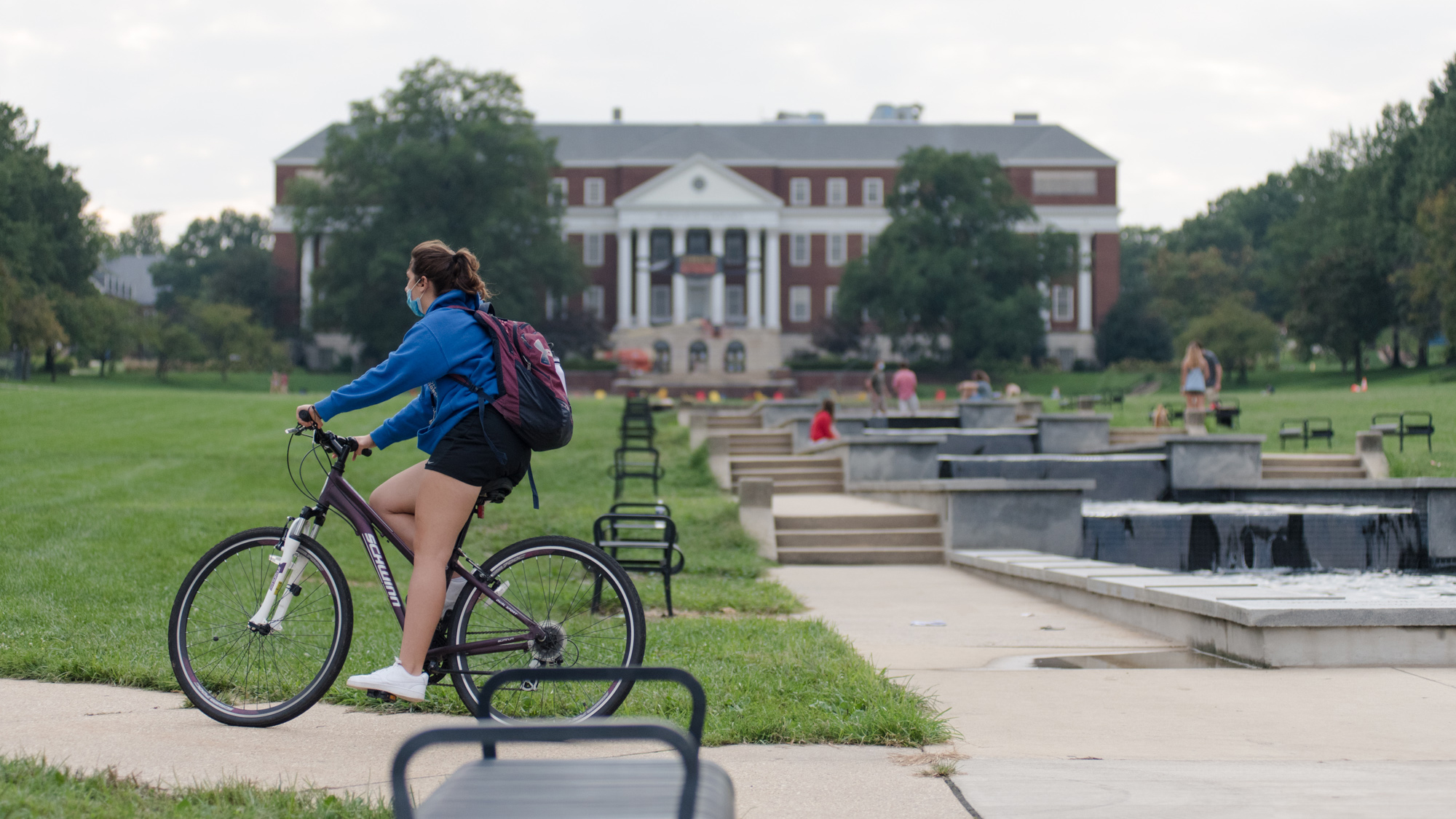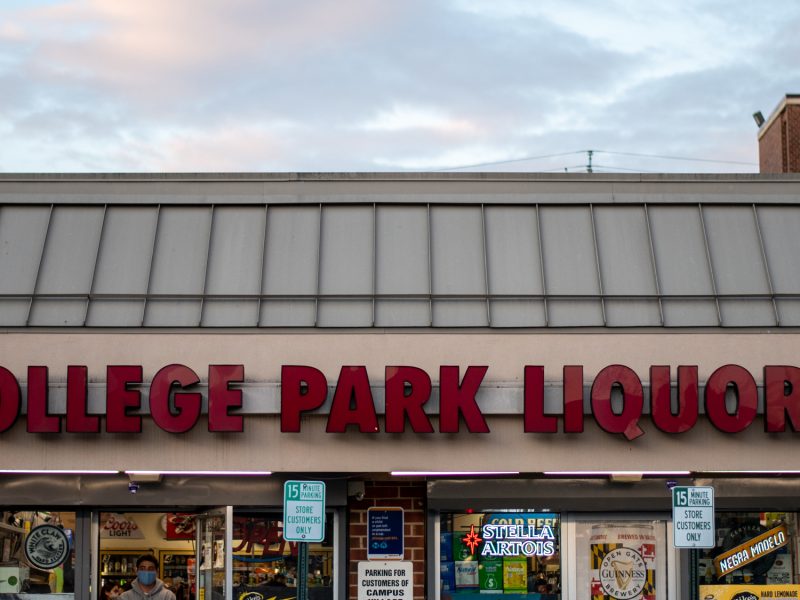As Calvert Hills resident Stephen Robie set off on his evening walk with his dog, Indiana, by his home, he didn’t see the “large roving group of students” he was accustomed to.
Before students returned to the University of Maryland, Robie didn’t have very high expectations for them to follow COVID-19 social distancing guidelines. A physician assistant in emergency medicine, he was concerned because he expected students to throw large parties like they do every year. But so far, he’s been optimistic.
“I think it’s a testament to the students taking this pretty seriously … I think the majority of students have taken this to heart,” he said. “So I would say overall I feel more reassured in that sense.”
Since March, Prince George’s County has led the state in COVID-19 cases, though the city of College Park was able to lower its cases and flatten the curve when students left in the spring. Yet, with students’ return this semester and cases increasing, city residents have had varied thoughts about their return.
One resident, Mary Anne Hakes, said she’s had to amp up safety measures to avoid run-ins with students. She and her husband, who are in their late 70s, have been hunkered down since the beginning of the pandemic. Hakes’ husband has cancer, making him an especially high-risk individual.
Before students arrived, Hakes went to grocery stores such as Lidl once in a while, although she generally tried to get groceries delivered to limit exposure whenever possible. Now, with students crowding those same stores, she has shifted completely to getting delivered groceries. Her neighbors have even offered to run errands for them.
In her home, Hakes said she felt safe — but that didn’t dismiss the fact that she worried about students engaging in unsafe behaviors. On her way to the post office, she noticed a party spilling out onto the street. Students weren’t wearing masks or social distancing, and they showed no inclination of letting her pass by, she said.
But Hakes said she could understand why the students were restless — after six months being cooped up, students want to get out and be social.
“They’re not any different from how we were at 18, I would say,” Hakes said.
[Residential parking permits required on 48th Avenue after overcrowding complaints]
Stuart Adams, another Calvert Hills resident, said he could also understand the urge to get out and see people. He called it “disaster fatigue” — something he has been experiencing as well. For that, he said all the blame shouldn’t be put on the students. Everyone in College Park is experiencing it, he said.
“You know, I just think we’re all in this together, and let’s not blame this person, blame that person,” Adams said.
Aaron Springer agreed. Living on Harvard Road, Springer has seen a wide variety of concerning behavior from students, but he’s also seen some exemplary behavior.
Springer has had to be careful with exposure since he cares for his mother and other elderly people in the area, and he said his awareness of the virus has heightened due to the recent population influx.
For long-time resident Christine Dollymore, the blame isn’t completely off students. She said those in Greek Life in particular were culprits of ignoring safety guidelines.
“These brats, from wherever they come from, with their little Greek letters,” she said. “Guess what, I have lost a lot of respect for them in the last month and a half.”
But ultimately, students aren’t entirely at fault for the increasing numbers, Dollymore said. The blame, instead, is mostly on the university for inviting them back.
Prior to the students returning, she was worried for her safety — but as she talked to some of the students living nearby, she realized they were just as afraid as she was.
When she heard about university President Darryll Pines handing out masks to students at bars on Route 1, she didn’t understand why he “enabled” them instead of condemning their behavior.
“I am disgusted that they opened that school and put all those people in danger,” Dollymore said.
[Locals have raised more than $12K to keep a Greenbelt cafe afloat]



